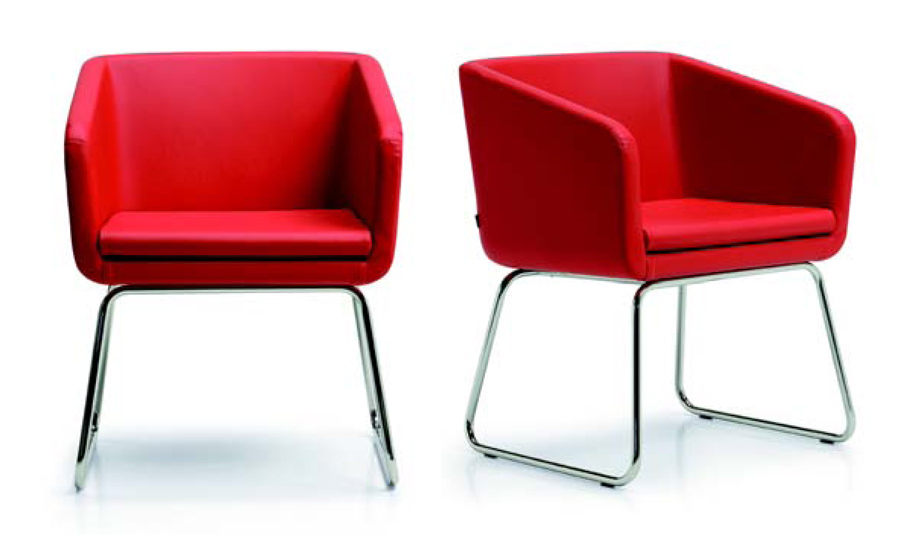Does your consulting room need wheels?

Recently I was involved in a PRIME workshop in Hastings, Sierra Leone. We were discussing communication within the setting of a compassionate consultation and I was asked “How can body language change when you are seated?” The questioner and I embarked on an impromptu practical demonstration with two chairs and a makeshift consulting desk. This enabled me to demonstrate the three seating positions that clinicians can adopt in a patient encounter1.
In a hospital ward, consultations are more likely to take place with the doctor standing and the patient lying in a bed. This reinforces the doctor’s authority, and ensures a significant professional and emotional distance from the patient. Compassion may be compromised.
The clinician who sits behind the consulting desk, opposite the patient, is equally detached from the patient. There may, however, be personal or social circumstances when this more formal seating arrangement is preferred by both clinician and patient. The desk is a barrier. Both clinician and patient are maintaining a “position of independence”.
Adopting a seating arrangement diagonally across the corner of the desk we could call a “position of collaboration”. There is still a degree of detachment but the professional distance is reduced. This is an advancement of the patient’s status rather than a demotion of the clinician. A starting position greater than 50cms away from the patient is advisable. As the consultation progresses, awareness of the patient’s body language and an understanding of relevant social norms enables the clinician to judge how closely to approach the patient. Moving towards the patient is an action which suggests increased engagement and commitment to helping the patient. It is an expression of patient-centredness. This position is the easiest for maintaining good eye to eye contact with all patients. Moving away from the patient can be used as a non-verbal clue to signal the end of the consultation.
The third seating arrangement is the one that we adopt most infrequently, but it also has a significant impact on the consultation. This seating arrangement is sitting alongside the patient, as we would do for example sat on a sofa, or beside a relative at a family meal. A consultation will not start with this seating arrangement, but in my experience adopting this “position of commitment” has profound effects on the dynamics of the consultation. Though this involves moving into the patient’s “intimate zone” ( ie less than 50cms apart) there are non-threatening ways of doing so and gaining patient consent. You can offer to sit by the patient to share the details of a prescription, agree and write down a management plan, or give written safety netting instructions. A patient with a grievance attending with some documentation is immediately calmed if you verbally acknowledge his feelings and sit alongside him to read it. There is an automatic inference that issues are shared when seated in this position, thus expressing support, and showing care, and commitment. By moving alongside the patient we have moved from our clinical domain into the patient’s world. I believe this empowers patients, builds up their confidence and encourages hopefulness.
Why not move your chair around and be alert to the response? Wheels on your consulting room chair may help, but no, they are not needed!
Communication Skills Training for Health Professionals By David Dickson, Owen Hargie, N. C. Morrow. 2nd edition ISBN 0 412 61450 2 Page 81
1 Haslam D. Who cares? The James MacKenzie Lecture 2006 Br. J Gen Pract 2007;57(545)987-993
